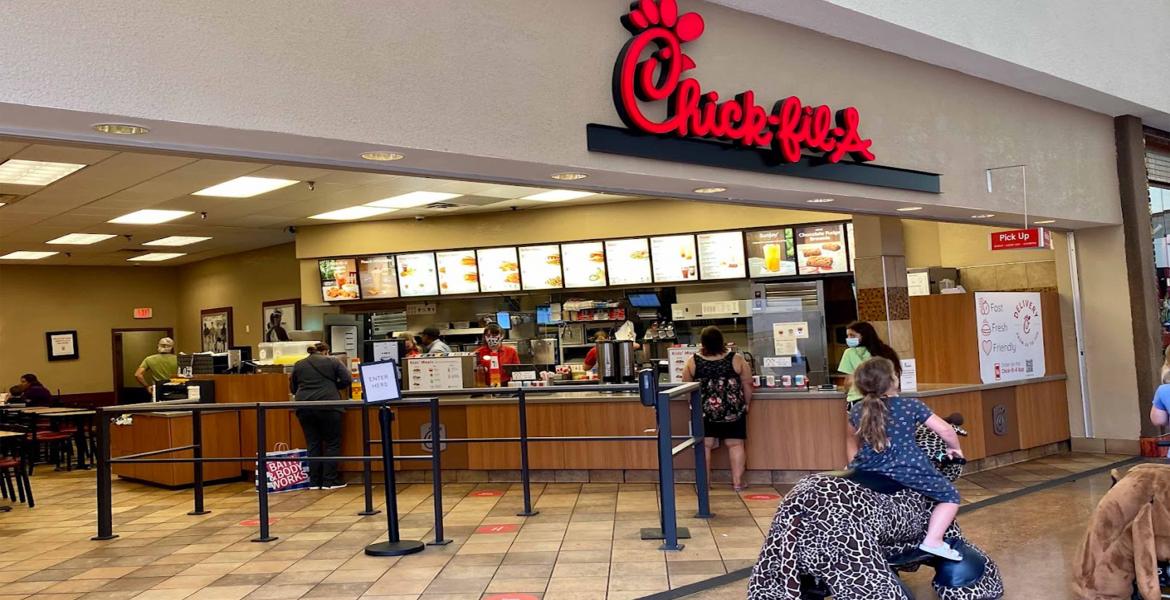SAN ANGELO, TX — President Donald Trump promised a national infrastructure spending initiative during the 2016 presidential campaign and Texas lawmakers are about to offer up a big reason to spend a great deal of that money here in Texas, and west Texas in particular. Connecting military bases with ports is one justification for finishing what has already started—a new interstate highway, designated Interstate-14, through east, central, and west Texas, generally following what is today known as U.S. 190.
Congressman Brian Babin (R-Beaumont) introduced legislation June 14 to modify the corridor designation of I-14 east and west, from east Texas into Louisiana and Mississippi and also west into west Texas. The legislation, H.R. 6111, has been referred to the House Committee on Transportation and Infrastructure for markup.
I-14 is already marked on highway signs in Bell County near Fort Hood, the largest U.S. Army base in the world. Congressman Mike Conaway (R-Midland) is co-sponsoring the legislation with the proposal to create a corridor that will cut away from the original routing to head north from Brady through San Angelo to Sterling City along U.S. 87, and then to follow State Highway 158 into Midland where it will meet I-20. Until H.R. 6111 becomes law, I-14 designation will only follow U.S. 190 from Brady through Eldorado until it meets I-10 near Iraan, bypassing two already heavily populated areas of west Texas.
[[{"fid":"42535","view_mode":"default","fields":{"format":"default","field_file_image_alt_text[und][0][value]":"The various proposed routes for I-14. (Contributed? Facebook: Future I-14 Gulf Coast Strategic Highway, 14th Amendment Corridor)","field_file_image_title_text[und][0][value]":"The various proposed routes for I-14. (Contributed? Facebook: Future I-14 Gulf Coast Strategic Highway, 14th Amendment Corridor)"},"type":"media","field_deltas":{"1":{"format":"default","field_file_image_alt_text[und][0][value]":"The various proposed routes for I-14. (Contributed? Facebook: Future I-14 Gulf Coast Strategic Highway, 14th Amendment Corridor)","field_file_image_title_text[und][0][value]":"The various proposed routes for I-14. (Contributed? Facebook: Future I-14 Gulf Coast Strategic Highway, 14th Amendment Corridor)"}},"attributes":{"alt":"The various proposed routes for I-14. (Contributed? Facebook: Future I-14 Gulf Coast Strategic Highway, 14th Amendment Corridor)","title":"The various proposed routes for I-14. (Contributed? Facebook: Future I-14 Gulf Coast Strategic Highway, 14th Amendment Corridor)","class":"media-element file-default","data-delta":"1"}}]]
Above: The various proposed routes for I-14. (Contributed: Facebook: Future I-14 Gulf Coast Strategic Highway, 14th Amendment Corridor)
Conaway told the Midland Reporter-Telegram in a press conference Monday that Babin’s legislation is similar to Conaway’s legislation proposed in January, in that it recommends putting San Angelo and Midland on the I-14 corridor via a northern path. The bill proposes to have the corridor split into northern and southern route as depicted in orange and yellow from Brady westward.
Yet, Conaway said he didn’t think it was economically viable to build an interstate through Eldorado to Iraan, the southern route. “The leg between Brady and I-10 has some 600 cars a day on it, and that’s not enough traffic to warrant interstate classification,” he told the MRT, as he compared it to the “really high traffic” from San Angelo to the Midland area.
Babin’s legislation proposes to allow the Texas Department of Transportation to determine when and on what corridor designation I-14 will be built. Conaway said that means TxDOT will need to build a business case for the southern route, something the congressman thought unlikely. Babin was more direct. He said the bill “will finally give countless communities access to the benefits of an interstate highway, with a design and implementation process run by state and local transportation authorities, not Washington bureaucrats."
Babin is a member of the House Transportation and Infrastructure Committee. Part of the justification for leaping from the original southern I-14 routing in the 2015 legislation and building it north through San Angelo to Midland is because it will connect Goodfellow Air Force Base in San Angelo via interstate highways to ports in Corpus Christi and east Texas.
"One of President Dwight Eisenhower's top priorities and greatest accomplishments was the construction of an interstate highway system that connects America's military assets, businesses and communities from coast to coast. The legislation we introduced today is a complement to that legacy," Babin said in a statement.
Conaway cautioned that funding hasn’t been earmarked, and although the portion in Bell County is marked with I-14 highway signs, it may be a long time before the interstate comes to his district, which stretches from Midland/Odessa in the west to Llano and Granbury in the east.
This proposed legislation only designates the corridors. Funding will come later. That funding, Conaway explained to the MRT, may be difficult to come by quickly.
On the other hand, House Transportation and Infrastructure Committee Chairman Bill Schuster (R-PA) promises to work with Trump and unveil an infrastructure bill this summer. He told The Hill he wants the bill to be bipartisan, so with Democrats pushing the infrastructure spending as well, who knows how much money will trickle into west Texas to build the first ever interstate highway through San Angelo?
--
Correction: Fort Hood is in Bell County and parts of Coryell County, not Hood County as originally reported.
Subscribe to the LIVE! Daily
Required






Comments
Listed By: Mike Dixon
Classic example of establishing priorities.
If the interstate highway system exists to help mobilize our military then you want the southern route which is a more direct connection between Forts Bliss and Hood. If you want the highway to support civilian traffic you want the northern route.
Any other argument is secondary.
- Log in or register to post comments
PermalinkPost a comment to this article here: